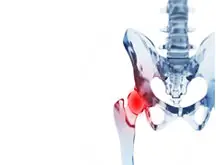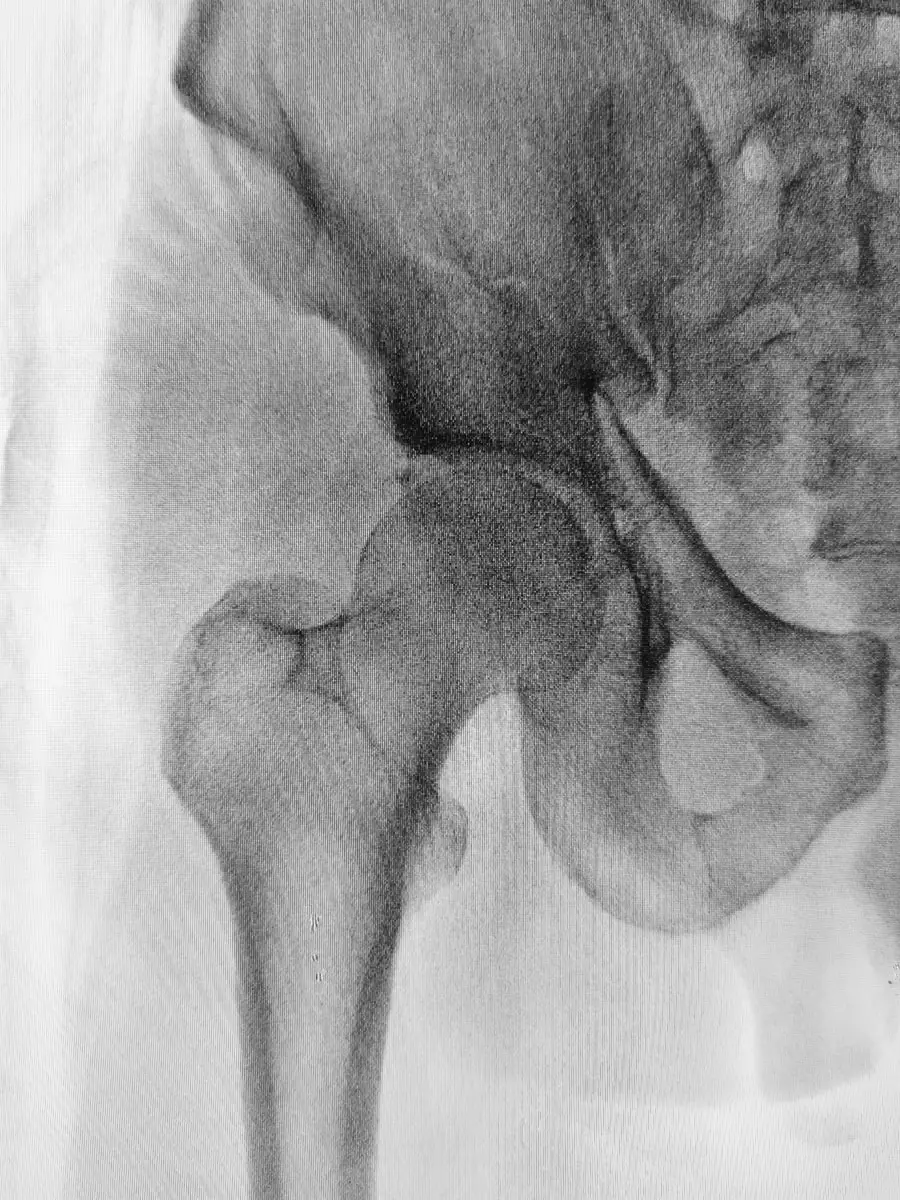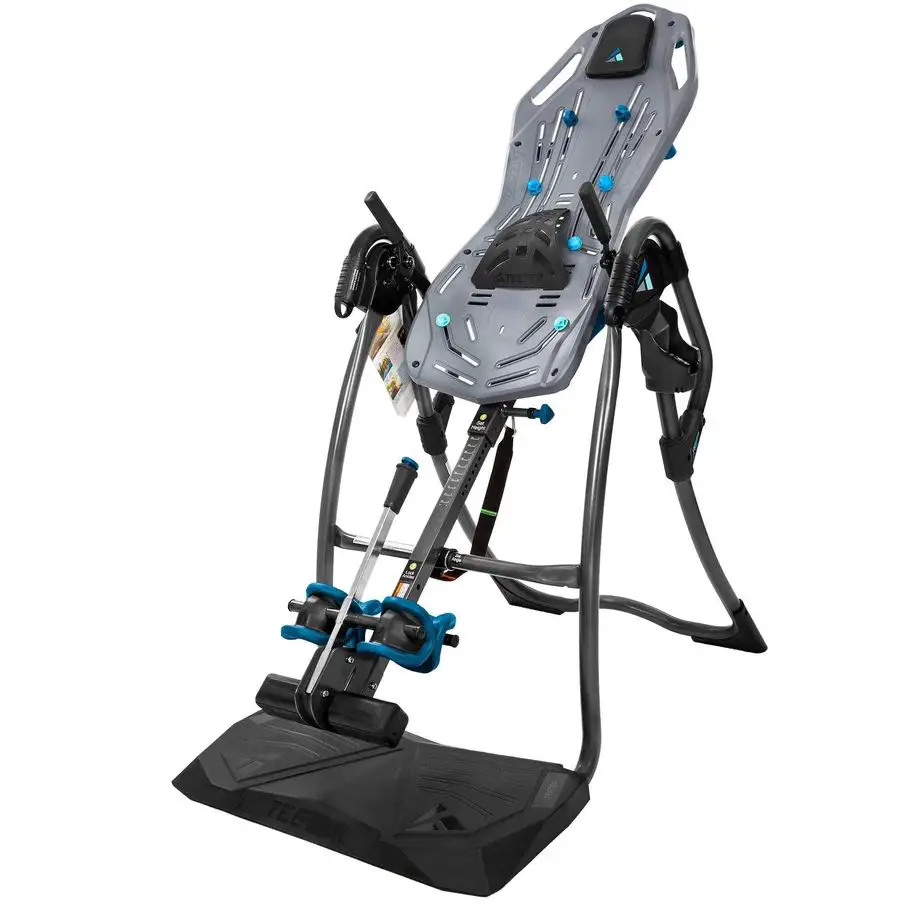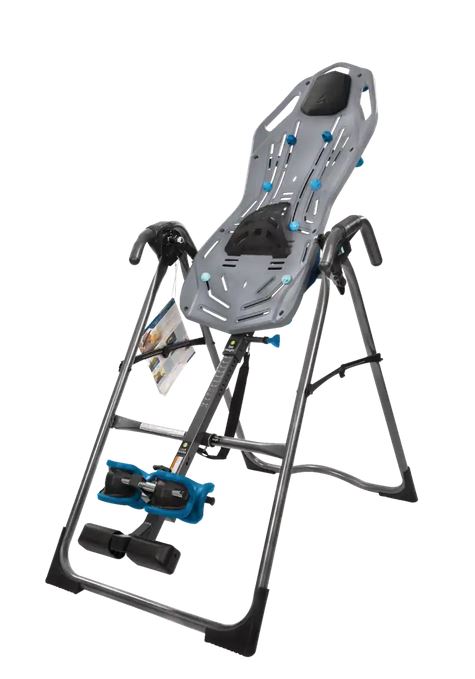How Inversion Therapy Helps To Relieve Hip Pain
Inversion therapy decompresses the spine and takes the pressure off of the discs and other structures in the back. This can help to alleviate pain caused by degenerative disc disease, herniated discs, spinal stenosis, and other conditions. In addition, inversion therapy helps to stretch the muscles and ligaments around the spine and can increase blood flow to the area.
There are a number of different ways to perform inversion therapy, including using an inversion table or hanging from a bar. Many people find relief from hip pain after just a few minutes of inversion therapy. However, it is important to consult with a doctor before starting this type of treatment, as it is not appropriate for everyone. In addition, those who have high blood pressure, glaucoma, or other health conditions should not use inversion therapy.
Common Risks Of Inversion Therapy For Hip Pain
Inversion therapy is a popular treatment for hip pain, but it does come with some risks. Here are the top five risks of inversion therapy to be aware of:
1. Joint Discomfort: Inversion therapy can put extra strain on the joints, which can lead to discomfort. If you have any pre-existing joint issues, this may be exacerbated by inversion therapy.
2. Nerve Compression: Inversion therapy can also cause compression of the nerves, which can lead to pain, numbness, or tingling sensations.
3. Muscle Spasms: Another potential risk of inversion therapy is muscle spasms. These can be caused by the extra strain on the muscles and may be painful.
4. Blood Pressure Issues: Inversion therapy can also cause a drop in blood pressure, which can be dangerous for some people. If you have any pre-existing blood pressure issues, be sure to speak to your doctor before trying this therapy.
5. Dizziness and Unsteadiness: Finally, inversion therapy can sometimes cause dizziness or unsteadiness, which can obviously be dangerous. If you experience these symptoms, stop the therapy immediately and consult your doctor.

Inversion therapy is a practice that has been around for centuries, and is still one of the most popular methods for treating back pain. This article will explore the benefits of inversion therapy and how it can provide relief from chronic back pain. In addition, we will look at the different types of inversion therapy available and how to get started. So if you are suffering from back pain, read on to find out how inversion therapy can help.
Are Inversion Tables Good For Relieving Hip Pain?
Inversion therapy, also called gravitational traction, is a method of using your own body weight and the force of gravity to stretch your spine. This type of therapy has been used for centuries to treat back pain. Inversion therapy involves hanging upside down or at an inverted angle while Gravity pulls on the spine. This traction can help to decompress the spine and relieve pressure on the spinal disks. Inversion therapy has also been shown to improve blood circulation and reduce inflammation.
Common Causes For Hip Pain
1. Arthritis
Arthritis is one of the most common causes of hip pain, particularly in older adults. Arthritis is a general term for inflammation of the joints. There are many different types of arthritis, but the two most common types that affect the hips are osteoarthritis and rheumatoid arthritis. Osteoarthritis is a degenerative condition that results from wear and tear on the joints. Rheumatoid arthritis is an autoimmune disorder that causes inflammation of the joints.
2. Bursitis
Bursitis is another common cause of hip pain. Bursitis occurs when the bursa, a small fluid-filled sac that acts as a cushion between bones and tissues, becomes inflamed. Bursitis can be caused by overuse, repetitive motions, or direct trauma to the hip.
3. Tendinitis
Tendinitis is another condition that can cause hip pain. Tendinitis occurs when the tendons, the tissues that connect muscles to bones, become irritated or inflamed. Tendinitis can be caused by overuse, repetitive motions, or direct trauma to the hip.
4. Muscle Strains
Muscle strains are a common cause of hip pain. Muscle strains occur when the muscles or tendons are stretched beyond their limits and tear. Muscle strains can be caused by overuse, repetitive motions, or direct trauma to the hip.
5. Fractures
Fractures are a serious cause of hip pain that can occur from direct trauma to the hip or from a fall. Fractures can also occur in people with osteoporosis, a condition that causes the bones to become weak and brittle.
6. Dislocation
Dislocations are another serious cause of hip pain that can occur from direct trauma to the hip or from a fall. Dislocations occur when the joint is forced out of its normal position.
7. Sciatica
Sciatica is a condition that can cause hip pain. Sciatica occurs when the sciatic nerve, which runs from the lower back down through the legs, becomes irritated or inflamed. Sciatica can be caused by a herniated disc, spinal stenosis, or a tumor.
8. Piriformis Syndrome
Piriformis syndrome is a condition that can cause hip pain. Piriformis syndrome occurs when the piriformis muscle, which is located in the buttocks, becomes irritated or inflamed. Piriformis syndrome can be caused by direct trauma to the hip, overuse, or repetitive motions.
9. Sacroiliitis
Sacroiliitis is a condition that can cause hip pain. Sacroiliitis occurs when the sacroiliac joint, which connects the sacrum (the lower part of the spine) to the ilium (the upper part of the pelvis), becomes inflamed. Sacroiliitis can be caused by arthritis, infection, or injury.
10. Snapping Hip Syndrome
Snapping hip syndrome is a condition that can cause hip pain. Snapping hip syndrome occurs when the iliopsoas tendon, which runs from the lower back to the thigh, snaps over the greater trochanter (the protrusion on the upper femur). Snapping hip syndrome can be caused by overuse, repetitive motions, direct trauma to the hip, or weakness in the muscles or tendons around the hip.
Conclusion
Overall, inversion therapy is a popular and effective treatment for hip pain, but it’s important to be aware of the potential risks involved. If you have any concerns, be sure to speak to your doctor before beginning any type of inversion therapy.





